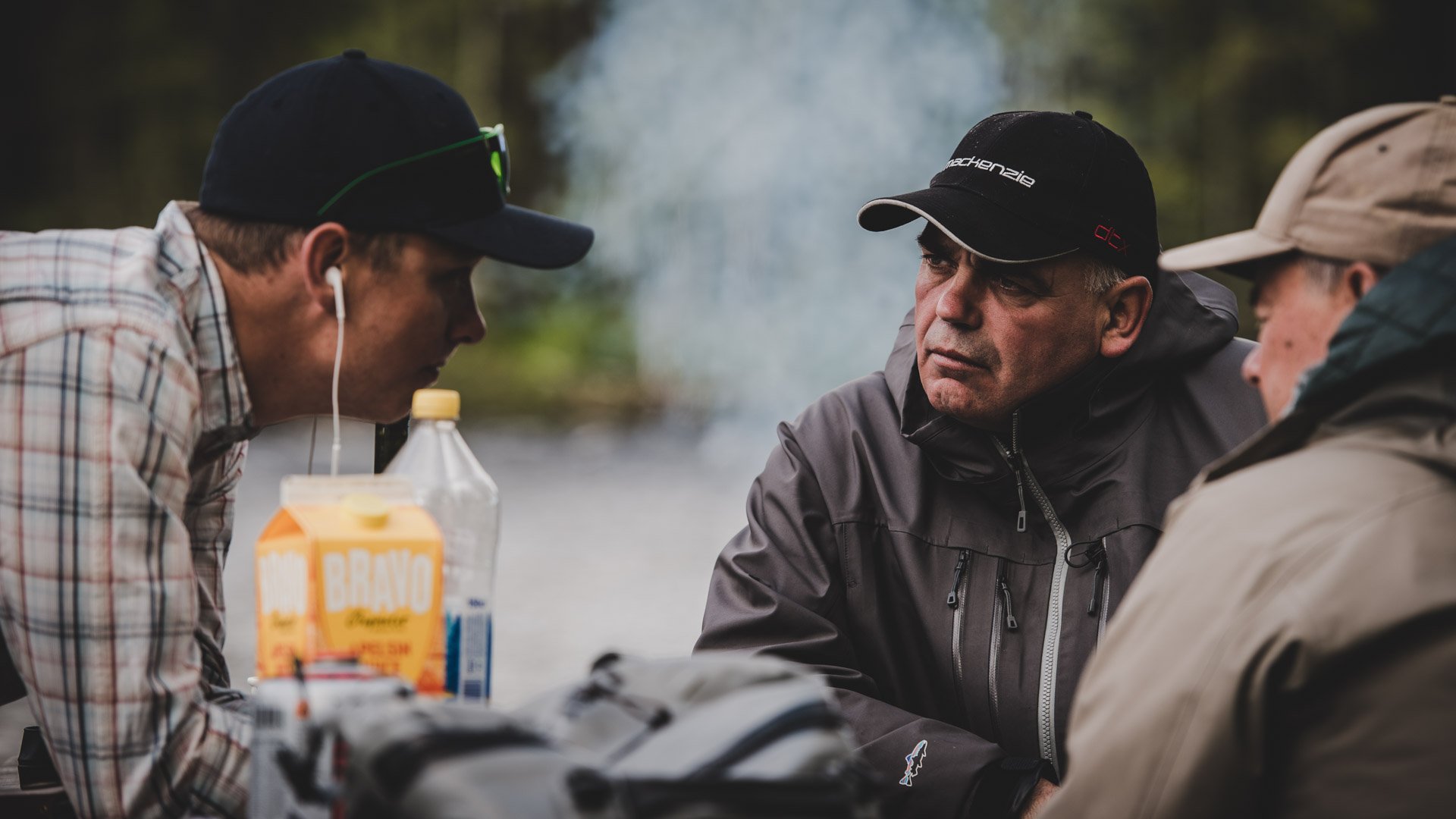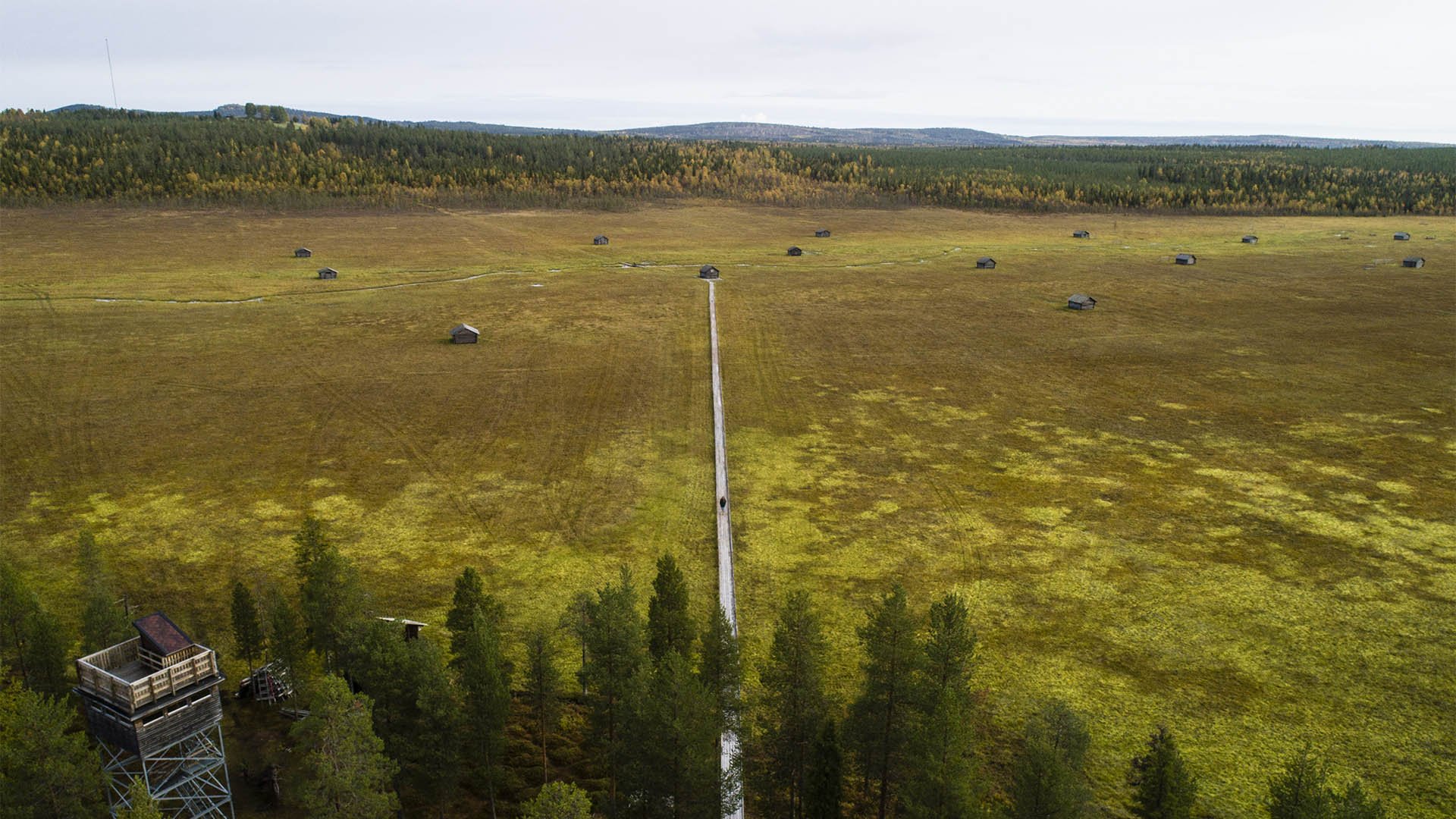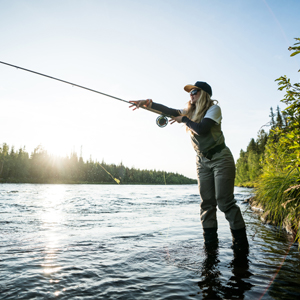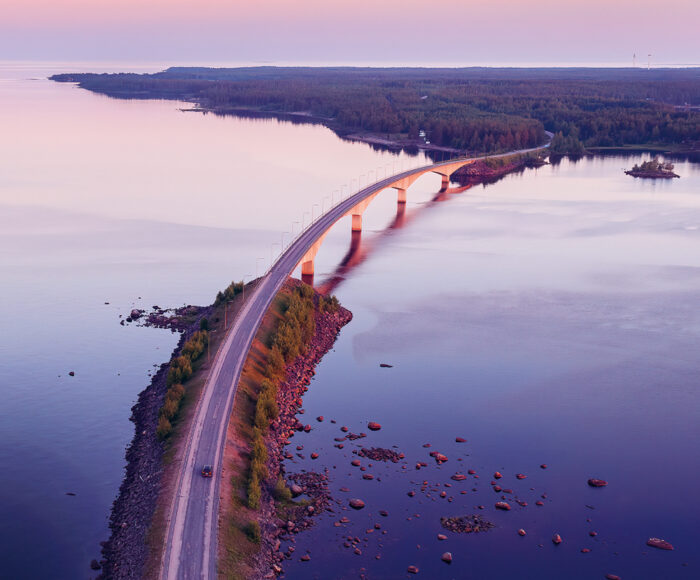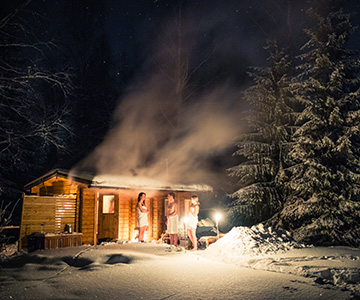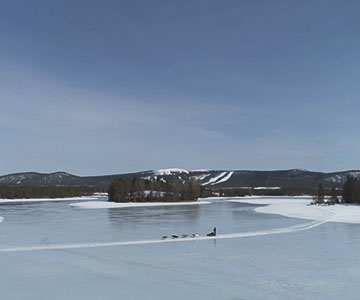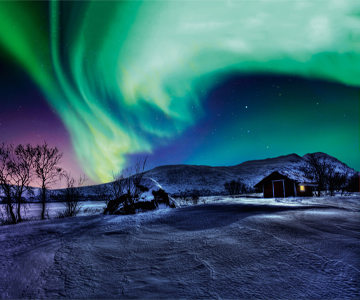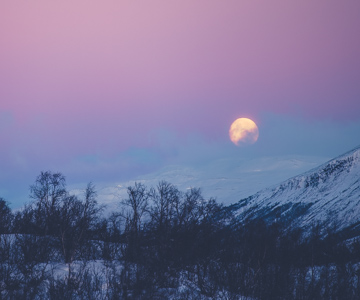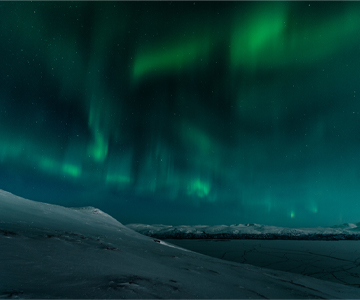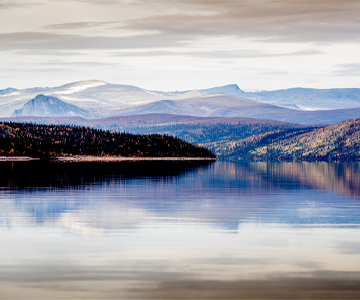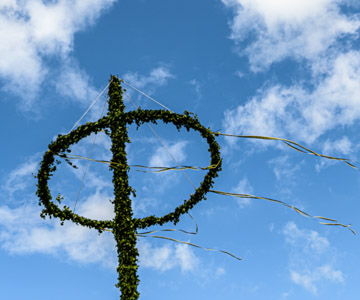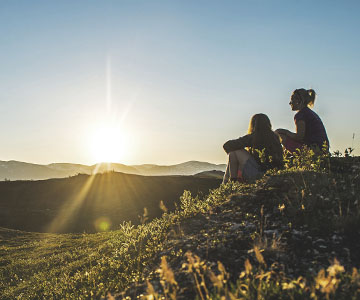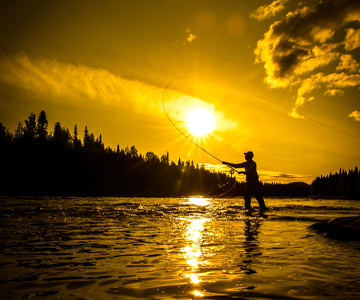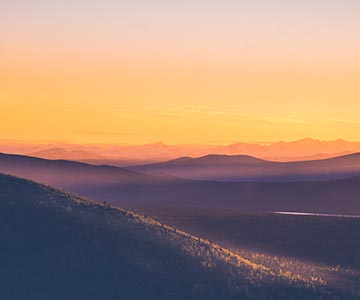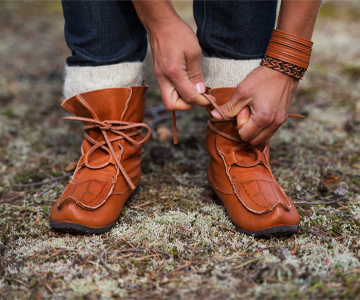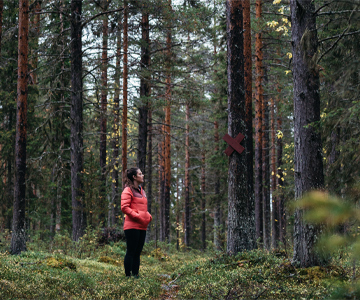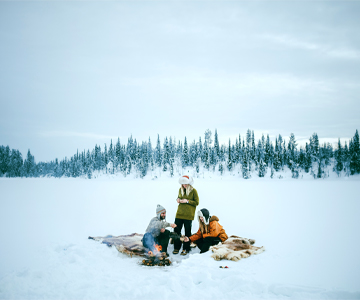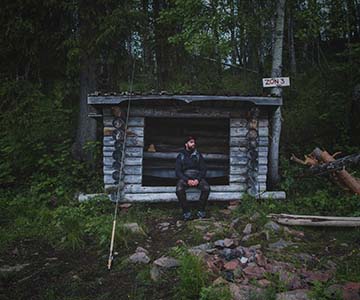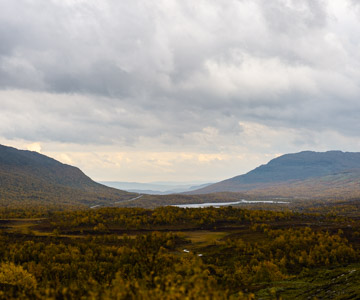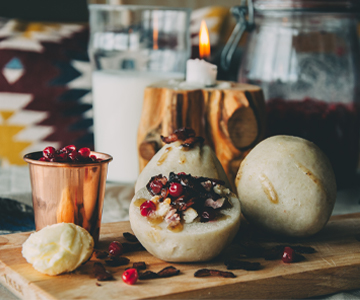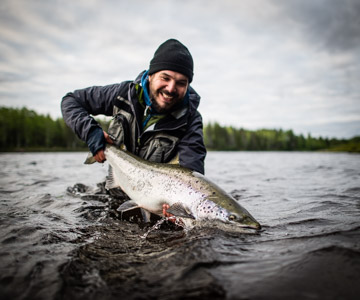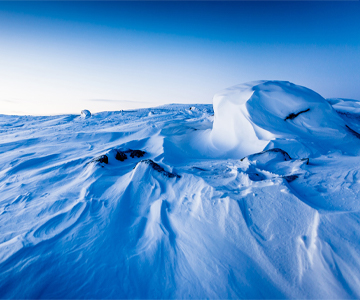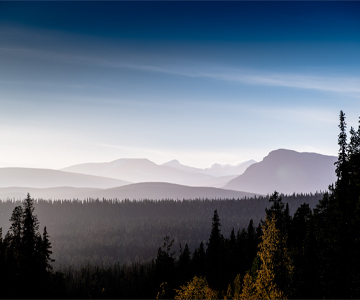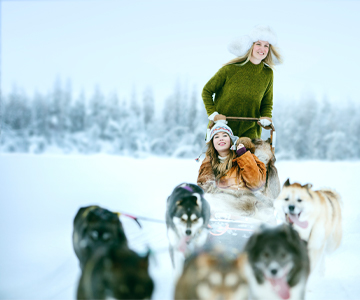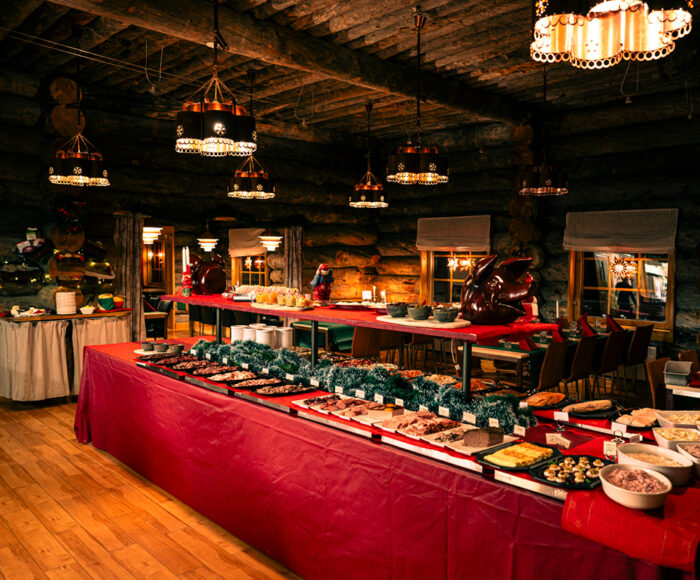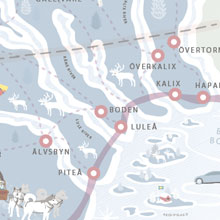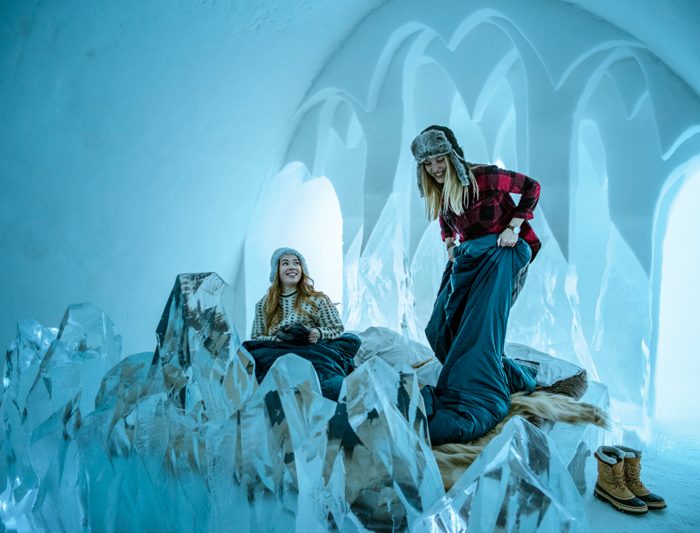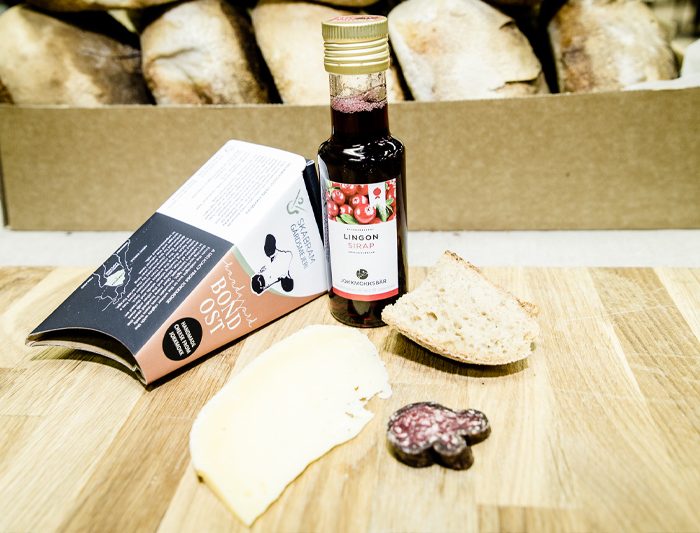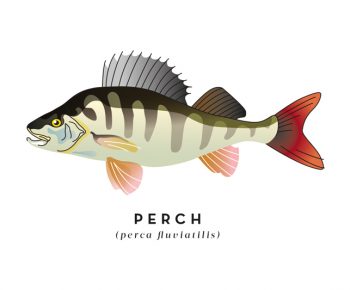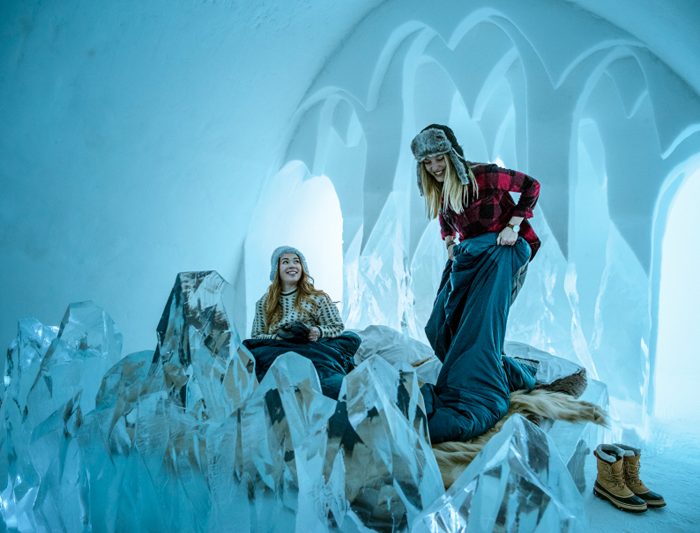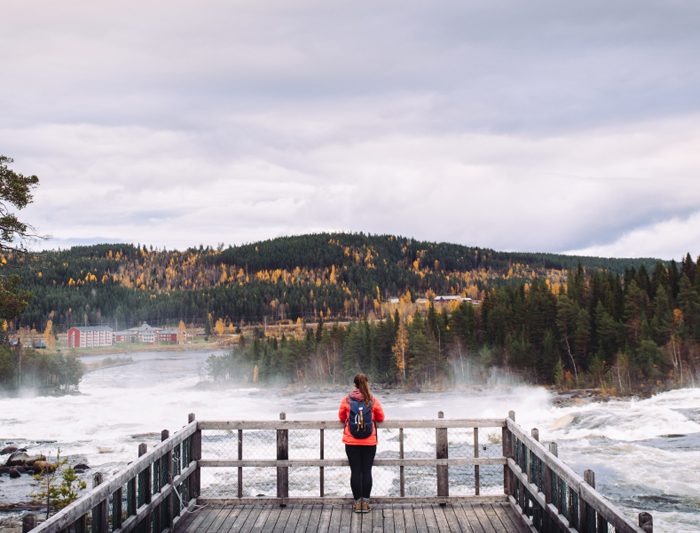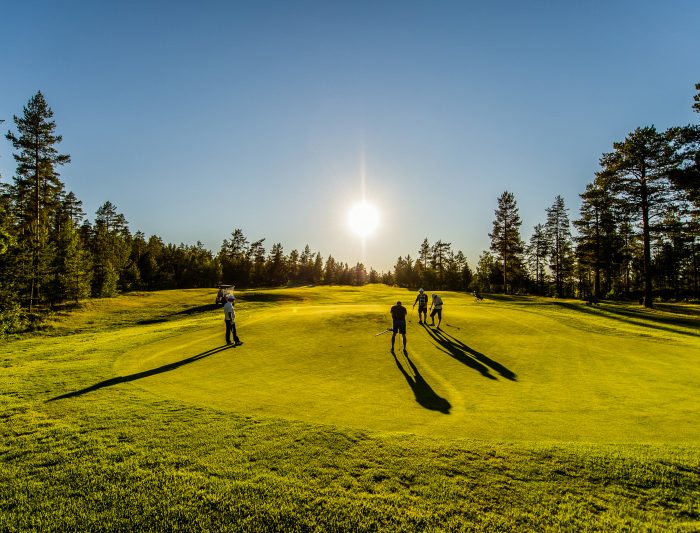On a warm Friday evening in summer, you turn into Pajala. The town by the Torne River, the main town in a municipality with five salmon rivers and a neighbourhood that’s known in books and films as Vittulajänkä. You’ve given yourself 24 hours to do something exciting. So: what to do in Pajala, now that you’re here?
Evening: You check in to Lapland Hotel at the square in the centre of Pajala. It says Bykrog (village pub) on the wall of the building and next to the reception you see that the beer tap looks promising. There’s a distinct feeling of an inn here, and you wonder if there’s a special table for the regulars, but you can’t see one. Not wishing to complicate matters, you order a Hazy Pale Ale from Sigtuna Bryggeri to wash the travel dust down.
You google a little and see that the author Mikael Niemi made this place more known through his bestseller Popular Music from Vittula. Speaking of popular music, The Magnettes are from Pajala and somewhere in your subconscious you can hear their song ‘American’ playing. You take a quick shower in your room before you return to the restaurant. That inn feeling is strengthened further over another pale ale and a well-cooked … Mikael Nilsson and his family run this hotel and another hotel – Smedjan – in Pajala. You can also stay at Pajala campsite, with a fantastic location right by the river.
Morning: Before breakfast you take a walk around town. You obviously choose to walk as near the Torne River as possible, as you walk past two of the town’s more well-known landmarks. The yellow church on the ridge above the river, and the suspension bridge to the north side and the road towards Finland.
At the landmark bridge, you turn back towards breakfast. On the way, you pass Laestadius’s traditional cabin in Pajala. They call it a pörte (a small hut), but it’s been added to extensively. The priest, scientist, and sobriety advocate Lars Levi Laestadius worked here and his pörte is open to visitors during summer. The religious movement founded by Laestadius is strong in the Torne Valley. At the square, returning from your walk, you pass the sundial, one of the largest of its kind, and check that your watch is running properly.
Over breakfast you decide that this day should consist of high and low. Two excursions, to two different nature reserves. First to the mountain Jupukka and then to the wetlands that were used for haymaking back in the day: Vassikavuoma.
Daytime: Is the Earth really round? Round as in completely spherical? That’s a question that busied scientists for hundreds of years. Wilhelm Struve took on the task to find out what the globe actually looked like. His meridian arc, from Odessa on the Black Sea to Hammerfest in Norway, showed among other things that the Earth is not a perfect sphere, but flatter at the poles. Struve’s arc is a World Heritage and four measuring points are located in the Swedish part of the Torne Valley, among them this one at Jupukka which gives us an idea of how laborious the project using triangulation from Odessa to Hammerfest must have been.
It’s a long way to the next height, the mountain Tynnyrilaki in Kiruna municipality. The path from the parking to the measuring point is steep, perhaps 600 metres long, and constantly uphill. But you’re rewarded with a fantastic view from the top of Jupukka once you’ve arrived. The mountain is sometimes called ‘the green peak’, as it’s still a grass-covered slope after generations having used it as pasture. There are nice barbecue areas here, too.
A fly fisherman’s best friend
When Lars Munk moved to Pajala, the Torne river salmon lived a waning existence. Today the situation is completely different. The Torne River is today considered one of the world’s most productive water systems when it comes to Atlantic salmon.
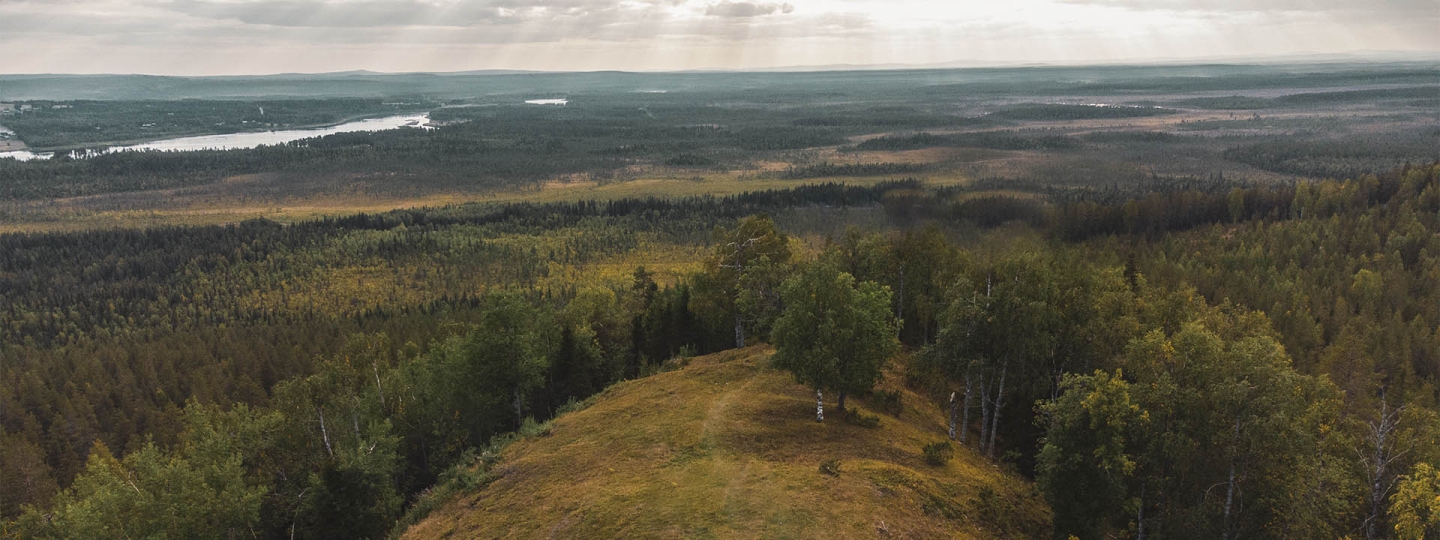
Struve's meridian arc
Between the years 1816-1866, the astronomer Wilhelm Struve devoted himself to the shape of the globe and his meridian arc, from Odessa on the Black Sea to Hammerfest in Norway, showed, among other things, that the earth is not spherical but flatter at the poles. Struve's arch is a UNESCO World Heritage Site and four measuring points are located in the Swedish part of Tornedalen.
Afternoon:
In the afternoon you go to Vassikavuoma. It’s old marshland that was used for haymaking and now it’s a nature reserve. Its total size is 250 hectares. Once there were more than 200 log barns here where the hay was stored, and 82 of them remain. There’s a project in place to preserve the unique biotope created here by resuming the haymaking and renovating barns. The wetlands are flooded annually and it’s a great environment for birds.
Around 70 different bird species have been surveyed around the marsh, and the vegetation is one of a kind. Parts of the area have been adapted for those with reduced mobility and provides good footbridges that partly work for wheelchairs, but adaptations are not in place throughout.
When you return to Pajala you have a caffe latte at Älvbodan, just across the street from the hotel. The old bank premises have become both a café and an interior design shop. While enjoying your coffee, you google other things you could have done. An excursion to Kengisforsen rapids of course: one of the best fishing spots in the world for salmon fishermen. The mansion in Kengis played a big role in the area’s northernmost industrial history.
You could also have taken your car to Sattajärvi and Kero shoes outlet and shop. Another brand with a rich cultural history in this part of the world is Lovikkavanten, traditional knitted mittens. But since the summer is warm here in the square, you enjoy your coffee without mittens. You can hear people at the café talking about a sandy beach and they give you the location, down past the health centre. You gather your swimming trunks and a towel, have a latte to-go and head off for an afternoon swim.
A genuine tradition
Kero makes handmade leather products and is located in the village of Sattajärvi, two kilometers south of Pajala.
Packing up: Well, your intention was to move on, but you stay another night at the hotel. You have Thai food at Dansai, next to the state off-licence. In a way it’s a blessing that not all food is reindeer, Arctic char and other animals. There’s another life in the north. The life of those who have chosen to move here.
Further up along the river valley there is experience accommodation in Kangosfors, at Lapland Guest House and Pinetree Lodge, as well as Arctic River Lodge in Tärendö. Any pike fishermen would probably have booked their stay at Camp Juno in Junosuando. Before you go to bed you tell Mikael that you’ve heard from a friend that he is “a hell of a cocktail maker”. He laughs and says that at least he can make something other than a ‘Pajala Sunrise’ (vodka with a slice of Falukorv sausage), so you order a Lynchburg Lemonade.
“Coming up right away,” says Mikael and the inn feels just like at home.
About Pajala
Pajala is a paradise for fishers. Here you can catch trout, grayling and salmon in many of the lakes and watercourses. Visit Tärendö River, the second-largest bifurcation in the world, or enjoy the freedom to roam in the beautiful nature. Pajala is also a cultural centre in the Torne Valley region, with a vibrant theatre and musical life.
Have a chat with the local tourist information for more insights heartoflapland.com
Curious about living in Pajala?
Check out hejhemby.com














